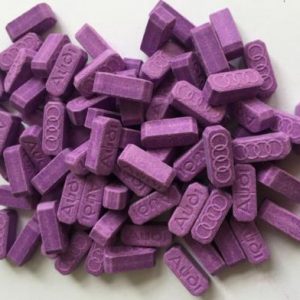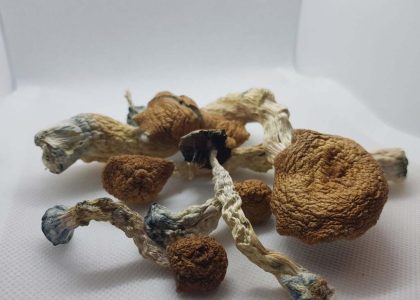WHAT IS ECSTASY/MDMA?
MDMA acts as both a stimulant and psychedelic,
producing an energizing effect, distortions in
time and perception, and enhanced enjoyment of
tactile experiences.
Adolescents and young adults use it to reduce
inhibitions and to promote:
- Euphoria, feelings of closeness, empathy, and sexuality
Although MDMA is known among users as
ecstasy, researchers have determined that many
ecstasy tablets contain not only MDMA but also a
number of other drugs or drug combinations that
can be harmful, such as: - Methamphetamine, ketamine, cocaine, cathinones, and
caffeine
In addition, other drugs similar to MDMA, such
as MDA or PMA, are often sold as ecstasy, which
can lead to overdose and death when the user
takes additional doses to obtain the desired effect.
WHAT IS ITS ORIGIN?
MDMA is a synthetic chemical made in
labs. Seized MDMA in the U.S. is primarily
manufactured in, and smuggled across U.S.
borders from, clandestine laboratories in Canada
and, to a lesser extent, the Netherlands. A small
number of MDMA clandestine laboratories have
also been identified operating in the U.S.
What does it look like?
MDMA is mainly distributed in tablet form. MDMA
tablets are often sold with logos, creating brand
names for users to seek out. The colorful pills are
often hidden among colorful candies. MDMA is
also distributed in capsules, powder, and liquid
forms.
How is it abused?
MDMA use mainly involves swallowing tablets
(50-150 mg), which are sometimes crushed and
snorted, occasionally smoked, but rarely injected.
MDMA is also available as a powder.
MDMA users usually take MDMA by “stacking”
(taking three or more tablets at once) or by
“piggy-backing” (taking a series of tablets over
a short period of time). One trend among young
adults is “candy flipping,” which is the co-abuse of
MDMA and LSD.
MDMA is considered a “party drug.” As with
many other drugs of abuse, MDMA is rarely used
alone. It is common for users to mix MDMA with
other substances, such as alcohol and marijuana.
What is its effect on the mind?
MDMA mainly affects brain cells that use
the chemical serotonin to communicate with
each other. Serotonin helps to regulate mood,
aggression, sexual activity, sleep, and sensitivity
to pain. Clinical studies suggest that MDMA
may increase the risk of long-term, perhaps
permanent, problems with memory and learning.
MDMA causes changes in perception, including
euphoria and increased sensitivity to touch,
energy, sensual and sexual arousal, need to be
touched, and need for stimulation.










